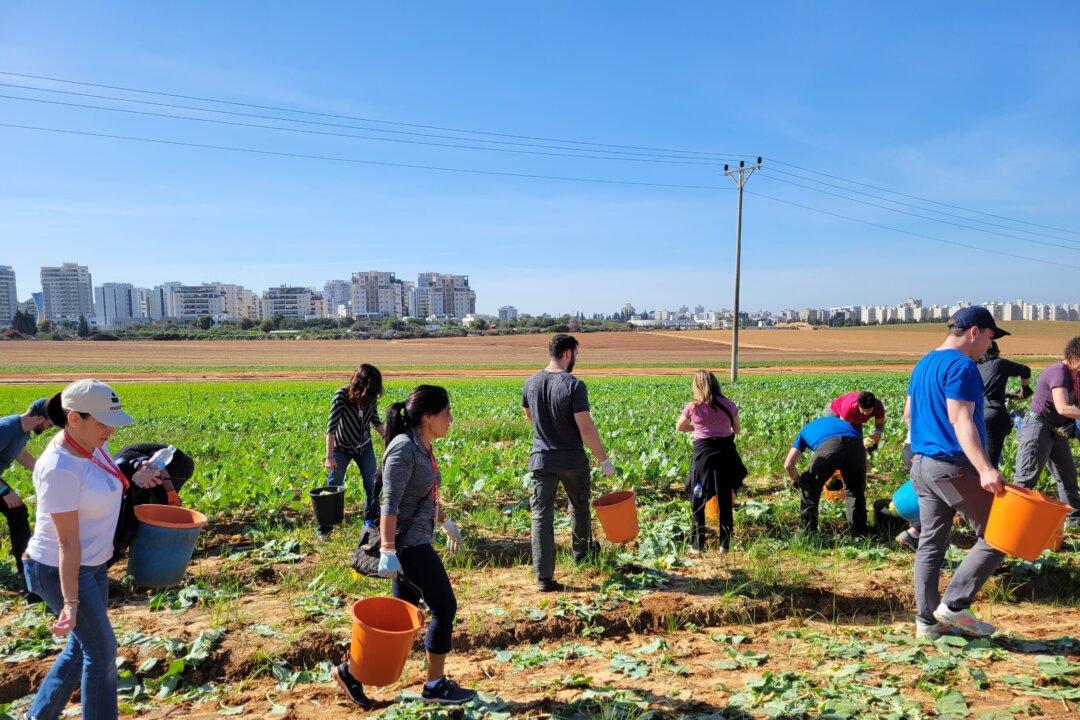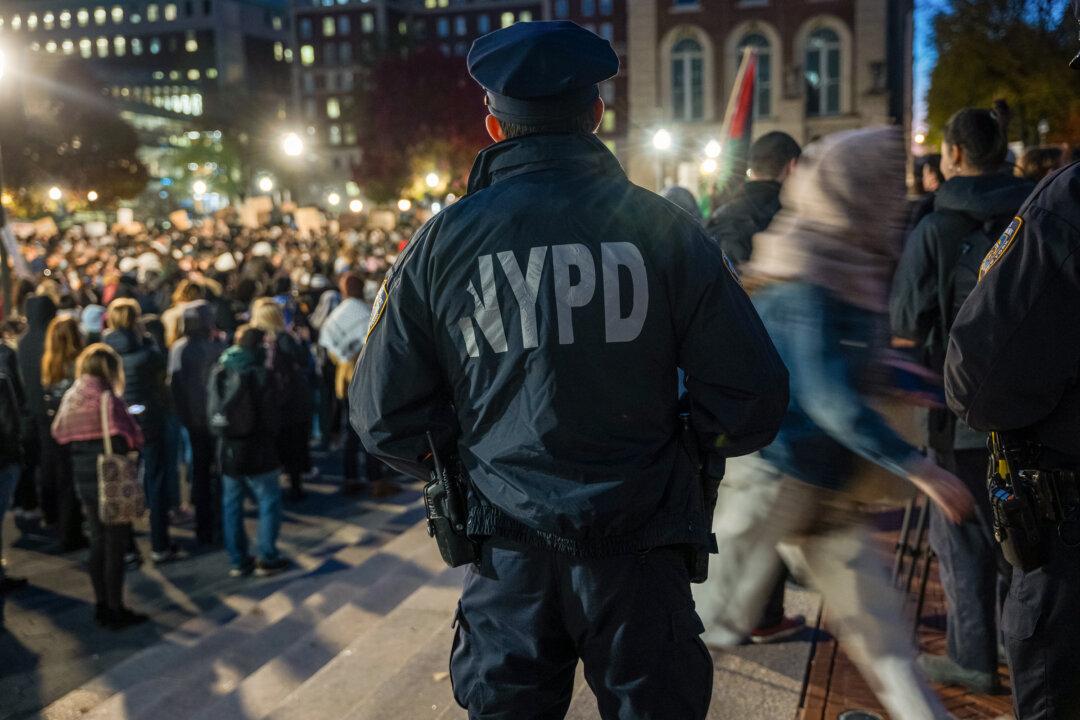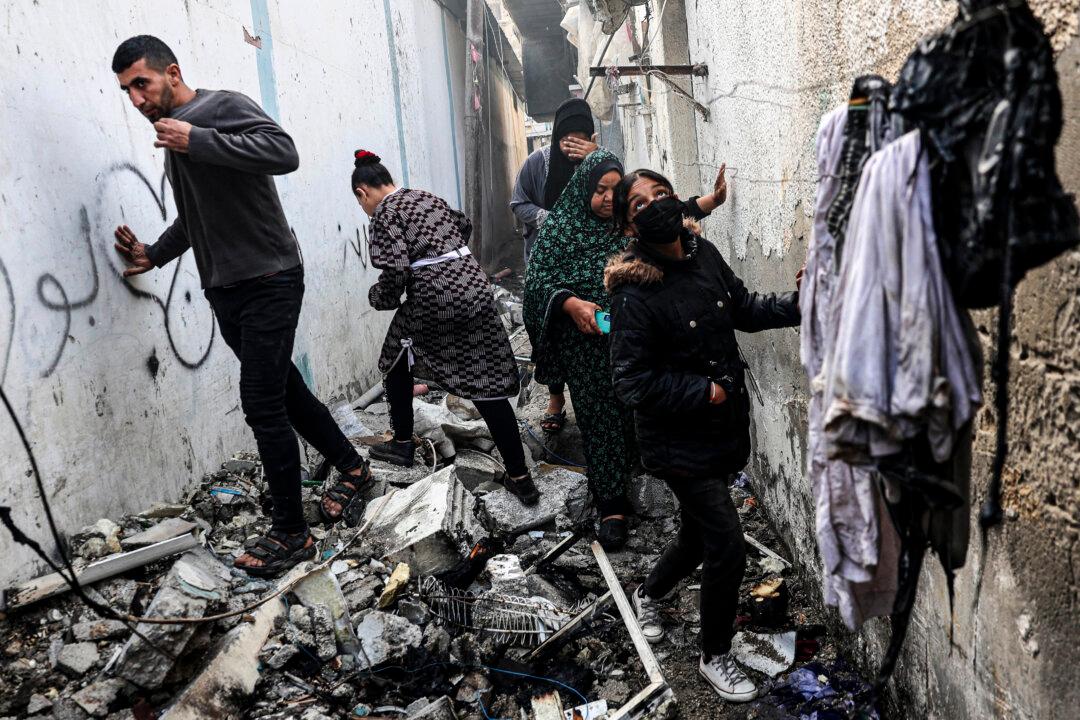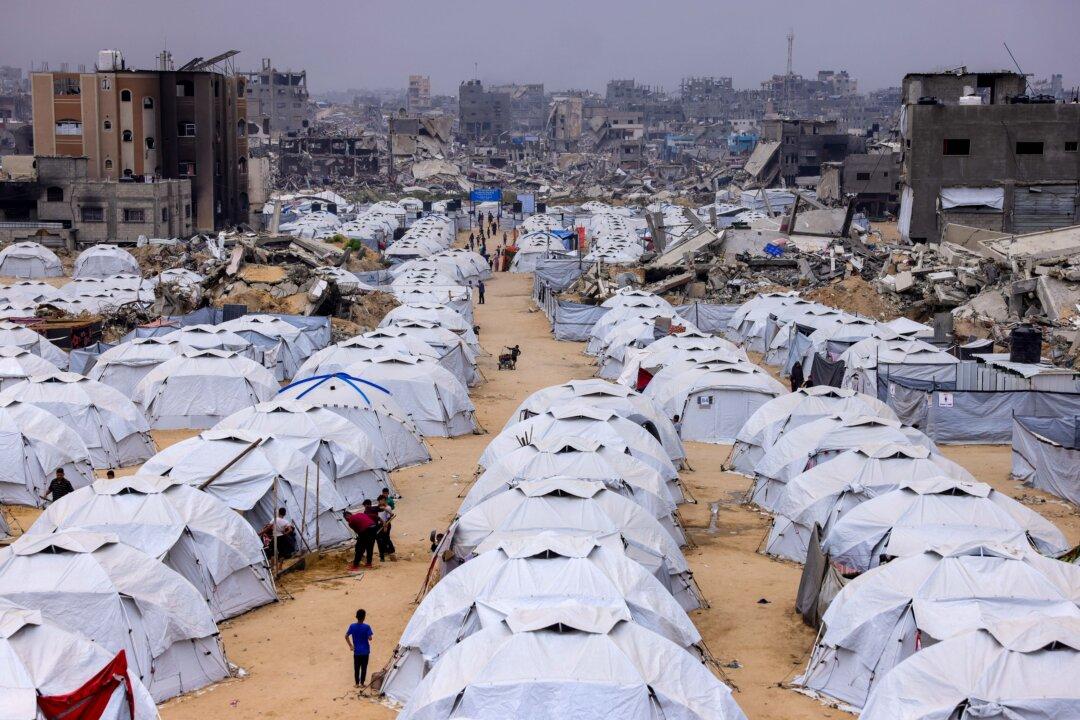MOSHAV AMI'OZ, Israel—The Oct. 7, 2023, attack and the ensuing war have cost Asher Tamsut a fortune. Still, he’s less interested in talking about his fallow fields and lost agricultural production than he is in delineating the war’s true cost to him: his family’s peace of mind.
His wife and three children, two daughters and a son, fled their home after Hamas’s attack, which killed 1,200 Israelis, saw 240 more taken hostage, wounded thousands more, and forced hundreds of thousands of people from their homes.





